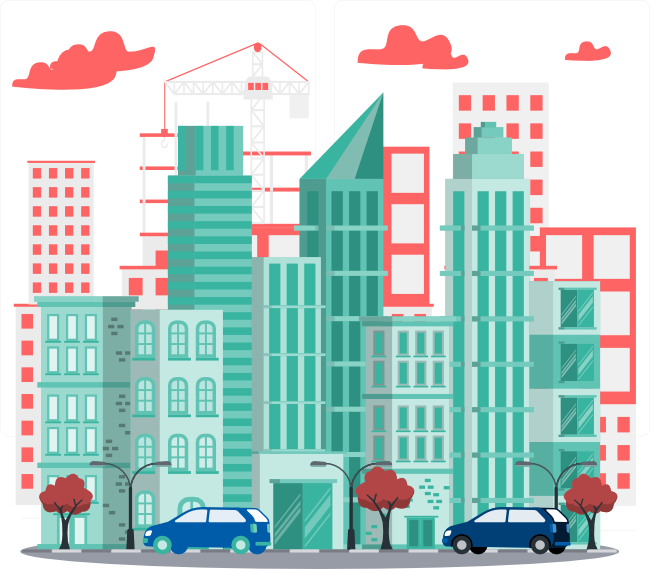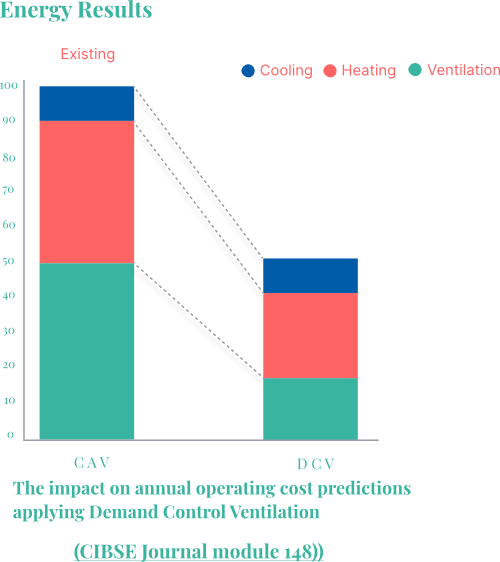What is NABERS?
In the United Kingdom, NABERS, known as the National Australian Built Environment Rating System, is gaining prominence as a potent instrument for assessing and enhancing building environmental performance. Through examination of energy efficiency, carbon emissions, water usage, and waste management, NABERS offers an all-encompassing rating system that steers building stakeholders toward sustainable practices. Utilising a 6-point scale where 6 stars denote excellence and 1 star signifies room for improvement, NABERS goes a step further by comparing a building’s performance against its peers, providing a precise assessment of its category standing.
The way it works
NABERS ratings apply to diverse spaces, encompassing offices, apartments, shopping centers, hotels, and data centers. At its core, the Energy Rating equips building owners to comprehend and ameliorate their energy performance. Elevated star ratings correspond to diminished greenhouse gas emissions and a reduced environmental footprint.
NABERS UK utilises authentic metered data from operational buildings, not relying on theoretical projections. This practice effectively closes the divide between design intent and real-world performance. NABERS UK also introduces the ‘Design for Performance’ (DfP) framework for newly constructed and renovated office buildings, promoting a culture that prioritises designing for optimal performance over mere compliance.
Economic and sustainable benefits
Highly-rated NABERS buildings offer economic benefits by reducing operational costs and increasing property value, beyond their environmental advantages.
Data from the NABERS database unequivocally demonstrates the tangible cost savings achieved through these ratings, highlighting an average 8.5% enhancement in energy efficiency.
Notably, elevated NABERS ratings exhibit a robust correlation with reduced vacancy rates, decreased operational costs, incentives, and improved investment returns.
An illustrative example is the noteworthy 9% value premium associated with a 5-star NABERS energy rating, while ratings ranging from 3 to 4.5 stars yield a commendable 2-3% premium.
Conversely, lower NABERS ratings translate into significant reductions in rental rates.

Key differences with EPC ratings
NABERS conspicuously differs from the common UK/EU Energy Performance Certificates (EPC). Unlike EPCs, which have a 5-year cycle and depend on theoretical estimations. In contrast to EPCs, NABERS evaluates real building performance annually, offering a significantly more precise depiction, with ratings retaining validity for 12 months.
Furthermore, NABERS specifically targets a significant shortfall in the UK’s building energy efficiency strategy – the performance gap. By concentrating on operational performance and factual energy utilisation, NABERS transitions from design-centric compliance to real-world energy consumption. This shift harmonises well with the changing legislative environment, as demonstrated by the government’s active role in introducing NABERS UK.
Looking forward to its impact

NABERS has delivered impressive outcomes, affirming its efficacy. Across diverse buildings, energy consumption dropped by an average of 37% by year 13, as reported in the NABERS + CBD 2020 Conference.
This substantial improvement underscores overlooked energy efficiency potential due to operational oversights. NABERS excels in incentivising effective behaviour, placing operational energy at the forefront. Unlike other standards, which often prioritise design attributes, NABERS strongly links energy performance with behaviour, fostering an efficiency-driven culture.
LightFi and NABERS
How does LightFi support your net-zero journey with NABERS?
LightFi’s Ventifi solution uses Demand Controlled Ventilation or DCV. It’s an energy-efficient strategy that adjusts airflow and temperature based on occupancy and environmental conditions, reducing energy usage while maintaining comfort. Unlike fixed airflow systems, DCV adapts to real needs, considering factors like occupancy and comfort. Research shows DCV can save over 50% energy compared to traditional systems, with a payback period typically under two years, making it an attractive choice for sustainable and cost-effective building operation. It improves:
The operational efficiency of your building by up to 25%
Increases the lifetime and life-cycle of the HVAC infrastructure.
LightFi can support your energy efficiency goals, alongside NABERS to improve your building’s operational efficiency.
